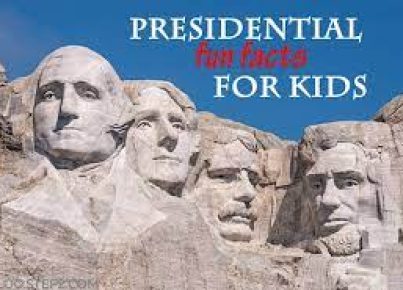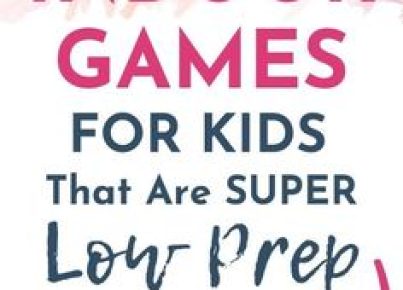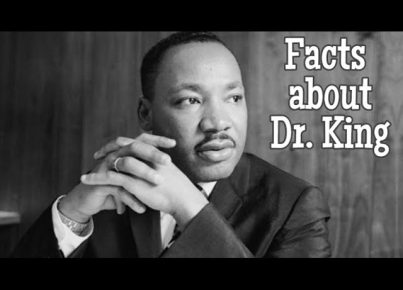As a history teacher, one of the greatest challenges I face is keeping students engaged in the subject matter. While some students inherently love history, others may see it as a dull recitation of names, dates, and events. That’s where pop culture comes in handy. By using pop culture to teach history, I’ve found that students are more engaged and excited about learning. In this article, I’ll share my experiences and offer tips on how you can do the same.
1. Incorporate primarily television and movies into lessons.
Our students live in a world dominated by visual media. As a result, incorporating television shows and movies into lessons can be an effective way to get their attention. For example, when discussing the civil rights movement of the 1960s, I might incorporate an episode of “The Twilight Zone” that deals with racial prejudice or show clips from the groundbreaking film “Guess Who’s Coming to Dinner.” These visual aids help contextualize historical events and make them more relatable to students.
2. Use music to explore historical eras.
Music is another powerful tool for teaching history through pop culture. By exploring popular songs from different time periods, students can gain insight into the prevailing attitudes and social issues of those eras. For instance, when studying the Vietnam War, I might have students analyze protest songs like “Fortunate Son” by Creedence Clearwater Revival or “Give Peace a Chance” by John Lennon. Not only does this approach make history more engaging, but it also fosters critical thinking skills as students grapple with interpreting lyrics within their historical context.
3. Engage with comic books and graphic novels.
Comic books and graphic novels offer another avenue for incorporating pop culture into history lessons. For example, Art Spiegelman’s “Maus” tells the story of the Holocaust through a unique visual medium, making a difficult subject more accessible and engaging for students. Similarly, teaching about the Civil Rights Movement could include using March, a graphic novel series by Congressman John Lewis that recounts his experiences during the fight for racial equality.
4. Use current pop culture to discuss historical events.
Nothing engages students more than relating history to their current interests. Help students draw parallels between historical events and contemporary social issues, politics, or pop culture. For example, when discussing the women’s suffrage movement, compare it to current conversations surrounding gender equality and representation, such as the #MeToo movement or the increased attention given to the work of female artists in film and television.
5. Encourage students to create their own historical pop culture content.
Finally, give students an opportunity to create their own pop culture content based on historical events. This could include writing a song about a specific era or creating a comic strip that represents an important event. By allowing students to put their stamp on history using popular mediums, they become more invested in the material, and gain a deeper appreciation for its relevance in their daily lives.
In conclusion, using pop culture to teach history is not only beneficial in capturing student interest but also encourages critical thinking and analysis of historical events. By incorporating various mediums such as television, movies, music, and comics into lessons, history becomes relatable and exciting for all students. Give this approach a try and experience the rewards of bringing history to life through pop culture!




